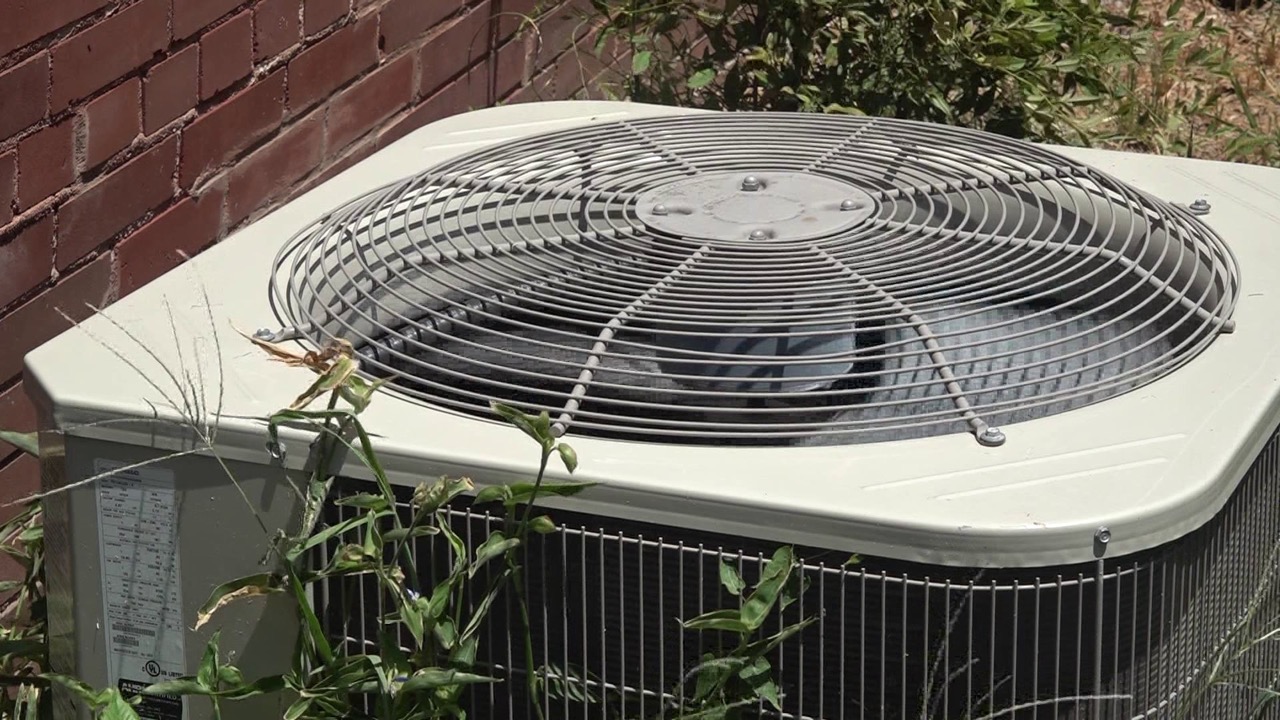

Articles
Why Is My HVAC Running When Turned Off
Modified: October 20, 2024
Discover articles explaining why your HVAC may still be running even when turned off. Gain insights and solutions to keep your system running efficiently.
(Many of the links in this article redirect to a specific reviewed product. Your purchase of these products through affiliate links helps to generate commission for Storables.com, at no extra cost. Learn more)
Introduction
The HVAC (Heating, Ventilation, and Air Conditioning) system in your home is designed to provide comfort and maintain a pleasant indoor environment. However, if you notice your HVAC system running even when it’s turned off, it can be concerning and raise questions about its functionality.
In this article, we will explore the possible reasons behind your HVAC system running when it’s supposed to be off. Understanding the factors that can contribute to this issue will help you troubleshoot and resolve the problem effectively.
It’s important to note that while some HVAC systems have a “fan” mode that allows the fan to run even when cooling or heating is not needed, if you’re experiencing the system running constantly without any command, it’s likely due to an underlying issue that requires attention.
Let’s dive into the common reasons why your HVAC system may be running when it’s turned off.
Key Takeaways:
- Thermostat issues, electrical problems, airflow obstructions, and maintenance neglect can all contribute to an HVAC system running when it’s turned off. Regular maintenance and professional assistance are crucial for resolving these issues effectively.
- Understanding the common culprits behind an HVAC system running when turned off empowers homeowners to troubleshoot and address the problem. Prioritizing maintenance, cleaning, and seeking professional help ensures efficient and reliable HVAC operation.
Understanding the HVAC System
Before we delve into the reasons behind your HVAC system running when it’s turned off, let’s establish a basic understanding of how the system works.
The HVAC system consists of several components that work together to provide heating, ventilation, and cooling. These components include the thermostat, the furnace or heat pump, the air conditioner unit, the blower fan, and the ductwork.
The thermostat acts as the control center for your HVAC system. It allows you to set the desired temperature and control the operation of the heating and cooling equipment. When the thermostat detects that the indoor temperature is below or above the set point, it signals the HVAC system to activate and maintain the desired temperature.
The furnace or heat pump is responsible for generating the warm air for heating. It burns fuel or uses electricity to produce heat, which is then circulated through the ductwork and delivered to different rooms in your home.
The air conditioner unit, on the other hand, works by removing heat from indoor air and cooling it down. It uses a refrigerant to absorb the heat from indoor air and release it outside, leaving the air inside cool and comfortable.
The blower fan is responsible for circulating the conditioned air throughout your home. It pushes the heated or cooled air through the ducts and into each room, ensuring proper airflow and distribution.
The ductwork, consisting of a network of metal or flexible tubes, carries the conditioned air from the HVAC system to the different areas of your home.
Now that we have a basic understanding of the HVAC system, let’s explore the reasons why it might be running when it’s meant to be off.
Common Reasons for HVAC Running When Turned Off
There are several potential causes for your HVAC system running when it’s turned off. Here are some common culprits to consider:
- Thermostat issues: One of the most common reasons for HVAC systems running when they shouldn’t is a malfunctioning thermostat. A faulty thermostat can send incorrect signals to the HVAC system, causing it to continue running even when it’s supposed to be off. Issues like a miswired thermostat, a faulty temperature sensor, or a programming error can all contribute to this problem.
- Electrical issues: Electrical problems can also be to blame for your HVAC system running when it’s turned off. If there are issues with the electrical connections or wiring, it can lead to a constant supply of power to the system, overriding the commands to turn off. Faulty relays, switches, or capacitors within the HVAC system can also cause this issue.
- Airflow problems: Restricted or inadequate airflow can cause the HVAC system to run continuously. This can result from clogged air filters, obstructed vents or registers, or blocked ductwork. When the system detects insufficient airflow, it may continue running in an attempt to reach the desired temperature.
- Maintenance and cleaning: Neglected maintenance and lack of regular cleaning can also lead to an HVAC system that runs when it’s turned off. Accumulated dirt, debris, or dust can interfere with the system’s proper functioning and cause it to work harder than necessary. Regular maintenance, including filter changes and cleaning, is essential to ensure efficient operation and prevent issues.
It’s important to note that these are just some of the common reasons for an HVAC system running when it’s turned off. Other factors, such as system age, mechanical failures, or even environmental factors like extreme weather conditions, can also contribute to this problem.
Next, we will dive deeper into each of these causes and explore ways to troubleshoot and resolve the issue.
Thermostat Issues
One of the primary causes of an HVAC system running when it’s turned off is thermostat issues. A malfunctioning or misconfigured thermostat can send inaccurate signals to the HVAC system, causing it to continue running when it shouldn’t.
Here are some common thermostat-related problems that can lead to this issue:
- Miswiring: If the thermostat is not wired correctly, it can result in improper communication with the HVAC system. This can cause the system to receive incorrect commands, leading to it running when it’s supposed to be off. Checking the thermostat wiring and ensuring it matches the system’s wiring diagram can help resolve this problem.
- Temperature sensor issues: The thermostat relies on a temperature sensor to measure the indoor temperature accurately. If the sensor becomes faulty or gets damaged, it may provide incorrect temperature readings to the thermostat. As a result, the HVAC system may continue running, mistakenly sensing that the desired temperature has not been reached.
- Programming errors: Many modern thermostats come with programmable features that allow you to set specific schedules and temperature settings. If there are programming errors or conflicts in the thermostat’s schedule, it can cause the HVAC system to run when it’s meant to be off. Double-checking the thermostat’s programming and ensuring it reflects your desired settings can help rectify this issue.
To troubleshoot thermostat-related problems, you can start by checking the thermostat settings and ensuring they are correctly configured. If there are any programming errors or conflicts, reset the thermostat to its factory settings and reprogram it with the desired schedule.
If the issue persists, you may need to inspect the thermostat wiring for any loose or disconnected wires. Make sure the thermostat is properly wired according to the manufacturer’s instructions and the HVAC system’s wiring diagram.
If you suspect a faulty temperature sensor, it’s best to consult a professional HVAC technician to diagnose and replace the sensor if necessary.
Remember, proper functioning of the thermostat is crucial for the overall operation of your HVAC system. If you’re unsure about troubleshooting thermostat issues or if the problem persists after attempting to fix it, it’s recommended to seek professional assistance to accurately diagnose and resolve the problem.
Check your thermostat settings to ensure the fan is set to “auto” instead of “on.” If it’s still running, there may be a wiring issue or a malfunctioning thermostat. It’s best to call a professional to diagnose and fix the problem.
Electrical Issues
Electrical issues can also cause an HVAC system to run when it’s turned off. Problems with the electrical connections, wiring, or components within the system can result in a constant supply of power, overriding the commands to shut down.
Here are some common electrical-related problems that can lead to your HVAC system running when it shouldn’t:
- Faulty relays: The relays in your HVAC system act as switches that control the flow of electrical current to different components. If a relay becomes faulty or stuck in the closed position, it can continuously supply power to the system, causing it to run even when it’s supposed to be off.
- Defective switches: The switches within the HVAC system can also contribute to the problem. A defective switch may not properly shut off the power supply when the HVAC system is turned off, leading to continuous operation.
- Capacitor issues: The capacitor is a component that helps start the electric motors in your HVAC system. If the capacitor is faulty or damaged, it can prevent the motors from starting or cause them to run continuously, causing the system to stay on when it’s meant to be off.
- Electrical wiring problems: Issues with the electrical wiring, such as loose connections, short circuits, or damaged wires, can disrupt proper communication and control of the HVAC system. If there is a continuous flow of electricity due to wiring problems, the system may run constantly.
When dealing with electrical issues, it is crucial to prioritize safety. If you’re not experienced or comfortable working with electrical components, it’s best to seek professional assistance from a licensed electrician or HVAC technician.
If you are confident in your skills and want to attempt troubleshooting electrical issues yourself, start by inspecting the electrical connections, relays, switches, and wires for any visible signs of damage or loose connections. Tighten any loose connections, replace any visibly damaged components, and ensure the wiring is in good condition.
However, keep in mind that electrical troubleshooting can be complex, and improper handling can lead to further problems or safety hazards. It’s always recommended to consult a professional if you are unsure or unable to diagnose and resolve electrical issues in your HVAC system.
By addressing electrical issues, you can restore the proper functionality of your HVAC system and ensure it runs only when it’s needed, saving energy and preventing unnecessary wear and tear on the equipment.
Airflow Problems
Airflow problems can contribute to an HVAC system running when it’s turned off. When the system detects inadequate airflow, it may continue running in an attempt to reach the desired temperature.
Here are some common airflow-related issues that can cause your HVAC system to run when it shouldn’t:
- Clogged air filters: One of the main causes of restricted airflow is dirty or clogged air filters. Over time, dust, debris, and pollutants accumulate in the air filters, obstructing the flow of air. This forces the HVAC system to work harder to push air through the filters, leading to continuous operation.
- Obstructed vents or registers: Blocked or closed vents and registers can impair the airflow throughout your home. If the vents and registers in certain rooms are blocked by furniture, curtains, or other objects, it can restrict the airflow, causing the HVAC system to run continuously in an attempt to maintain the desired temperature.
- Blocked or leaking ductwork: Issues with the ductwork can also affect airflow. If the ducts are blocked by dirt, debris, or other obstructions, it can impede the flow of air. Additionally, if there are leaks or gaps in the ductwork, it can cause air to escape, resulting in reduced airflow and prolonged operation of the HVAC system.
To address airflow problems, start by checking and replacing the air filters. It’s recommended to change the filters regularly, typically every 1-3 months, depending on the type and condition of the filter. Clean vents and registers and ensure they are free from any obstructions.
If you suspect issues with the ductwork, you may need to conduct a visual inspection or hire a professional duct cleaning service to remove any obstructions or repair any leaks. Sealing the ductwork can help improve airflow and prevent air from escaping, reducing the need for the HVAC system to run overtime.
Proper airflow is essential for the efficient operation of your HVAC system. By addressing airflow problems, you can ensure the system runs only when necessary and maintain a comfortable and energy-efficient indoor environment.
Maintenance and Cleaning
Neglected maintenance and lack of regular cleaning can contribute to an HVAC system running when it’s turned off. Over time, dirt, debris, and dust can accumulate on various components, hindering their proper functioning and causing the system to work harder than necessary.
Here are some important maintenance and cleaning tasks to consider:
- Regular filter changes: The air filters in your HVAC system play a crucial role in maintaining clean and healthy indoor air quality. Clogged or dirty filters can restrict airflow, leading to increased energy consumption and continuous operation of the system. Make sure to change the filters according to the manufacturer’s recommendations or more frequently if needed.
- Cleaning the outdoor unit: If you have a central air conditioner, make sure to regularly clean the outdoor condenser unit. Dirt, leaves, and debris can accumulate on the unit, obstructing airflow and reducing the system’s efficiency. Gently hose down the unit to remove any debris and keep the area around the unit clear.
- Duct cleaning: Over time, dust, dirt, and contaminants can accumulate in the ductwork, affecting airflow and the overall air quality in your home. Consider scheduling professional duct cleaning every few years to remove any buildup and ensure efficient air circulation.
- Inspecting and cleaning the evaporator coils: The evaporator coils in your HVAC system can collect dust and dirt, reducing their ability to absorb heat efficiently. Inspect the coils regularly and clean them if necessary. You can use a soft brush or vacuum to remove any debris gently.
- Checking and lubricating moving parts: Regularly inspect the moving parts of your HVAC system, such as belts, pulleys, and motor bearings. Lubricate them as needed to prevent friction and ensure smooth operation.
- Scheduling professional maintenance: Consider scheduling regular professional maintenance for your HVAC system. A certified technician can perform a thorough inspection, cleaning, and tune-up to ensure optimal performance and catch any potential issues before they become major problems.
By prioritizing maintenance and cleaning tasks, you can prevent the accumulation of dirt and debris that can lead to an HVAC system running when it shouldn’t. Regular maintenance will not only extend the lifespan of your system but also improve its efficiency, saving you money on energy bills in the long run.
Conclusion
Discovering that your HVAC system is running when it’s supposed to be off can be a cause for concern. However, understanding the common reasons behind this issue can help you troubleshoot and resolve the problem effectively.
In this article, we explored some of the common culprits for an HVAC system running when turned off, including thermostat issues, electrical problems, airflow obstructions, and maintenance neglect. Each of these factors can contribute to the continuous operation of your HVAC system.
If you encounter thermostat issues, it’s important to ensure that it is properly wired, has accurate temperature sensors, and is programmed correctly. Electrical problems, such as faulty relays, defective switches, or capacitor issues, should be addressed by a trained professional to avoid safety hazards.
Airflow problems can often be resolved by regularly changing air filters, cleaning vents and registers, and inspecting and fixing any blocked or leaking ductwork. Finally, prioritizing maintenance and cleaning tasks, including filter changes, outdoor unit cleaning, duct cleaning, and inspecting moving parts, can help prevent operating issues and maintain efficient system performance.
If you’re unsure about troubleshooting or resolving the issue on your own, it’s always recommended to seek professional assistance from an HVAC technician. They have the expertise and knowledge to diagnose and address HVAC system problems safely and effectively.
By understanding the potential causes and taking appropriate action, you can ensure your HVAC system operates only when necessary, reducing energy consumption, and maintaining a comfortable indoor environment for years to come.
Frequently Asked Questions about Why Is My HVAC Running When Turned Off
Was this page helpful?
At Storables.com, we guarantee accurate and reliable information. Our content, validated by Expert Board Contributors, is crafted following stringent Editorial Policies. We're committed to providing you with well-researched, expert-backed insights for all your informational needs.
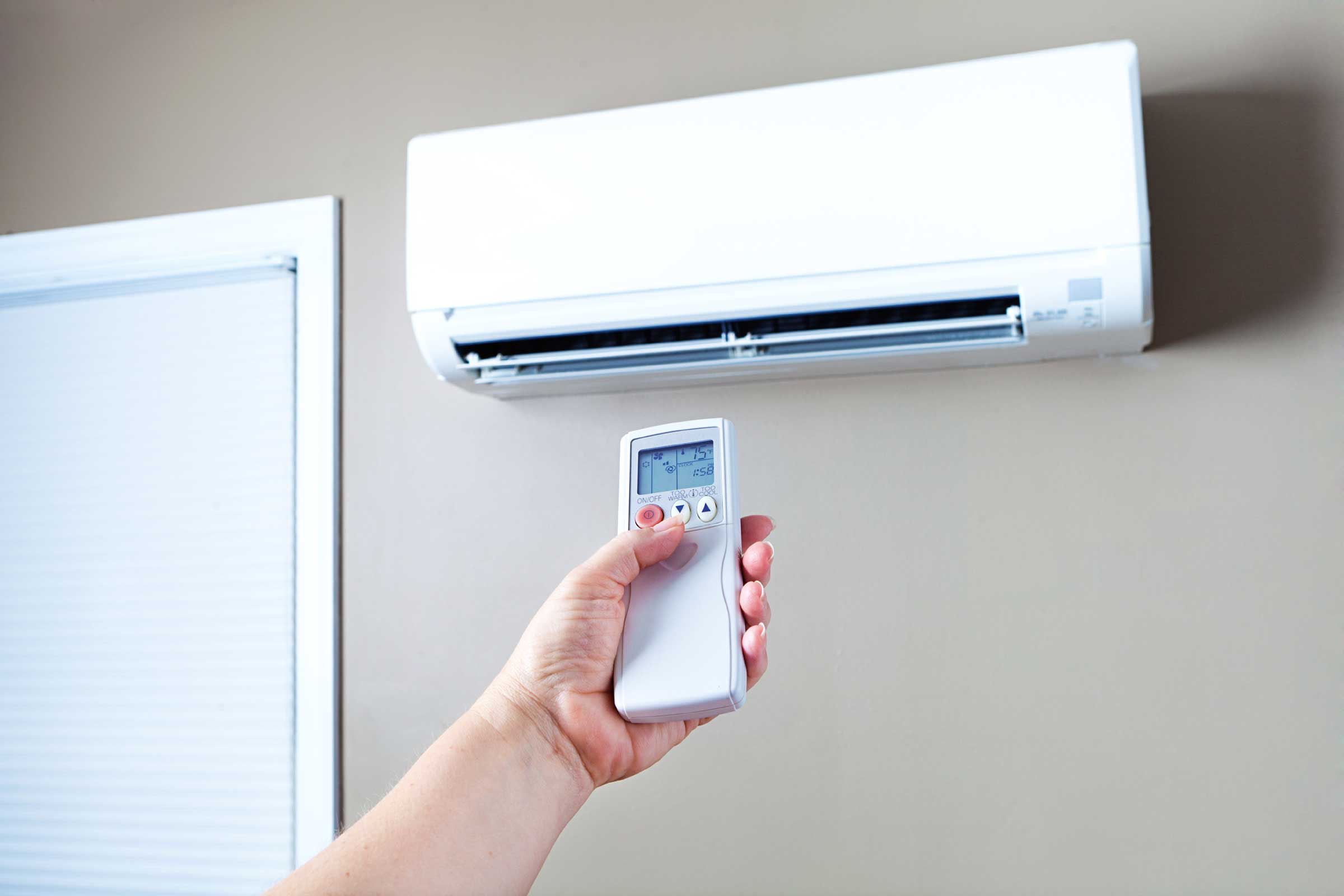
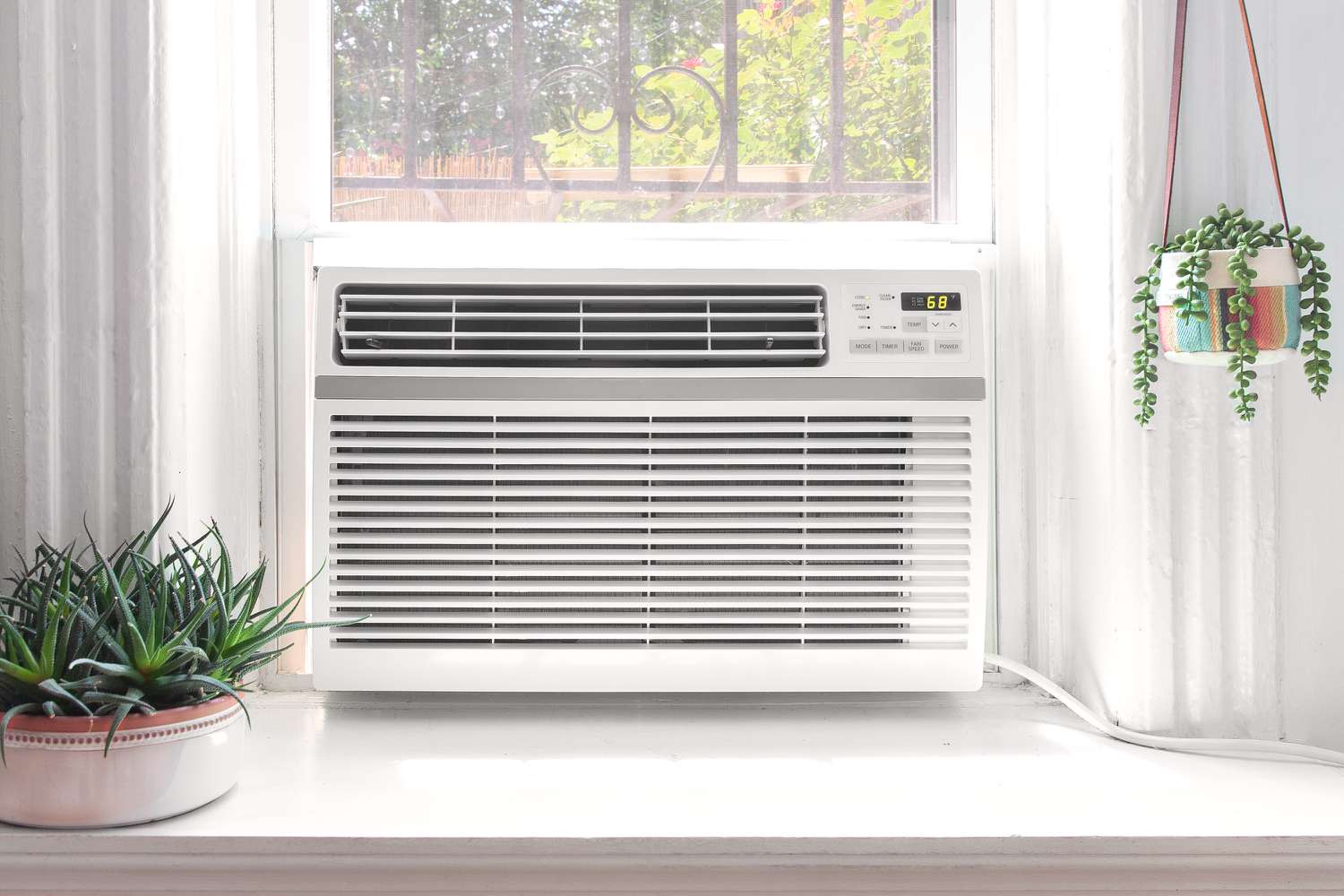
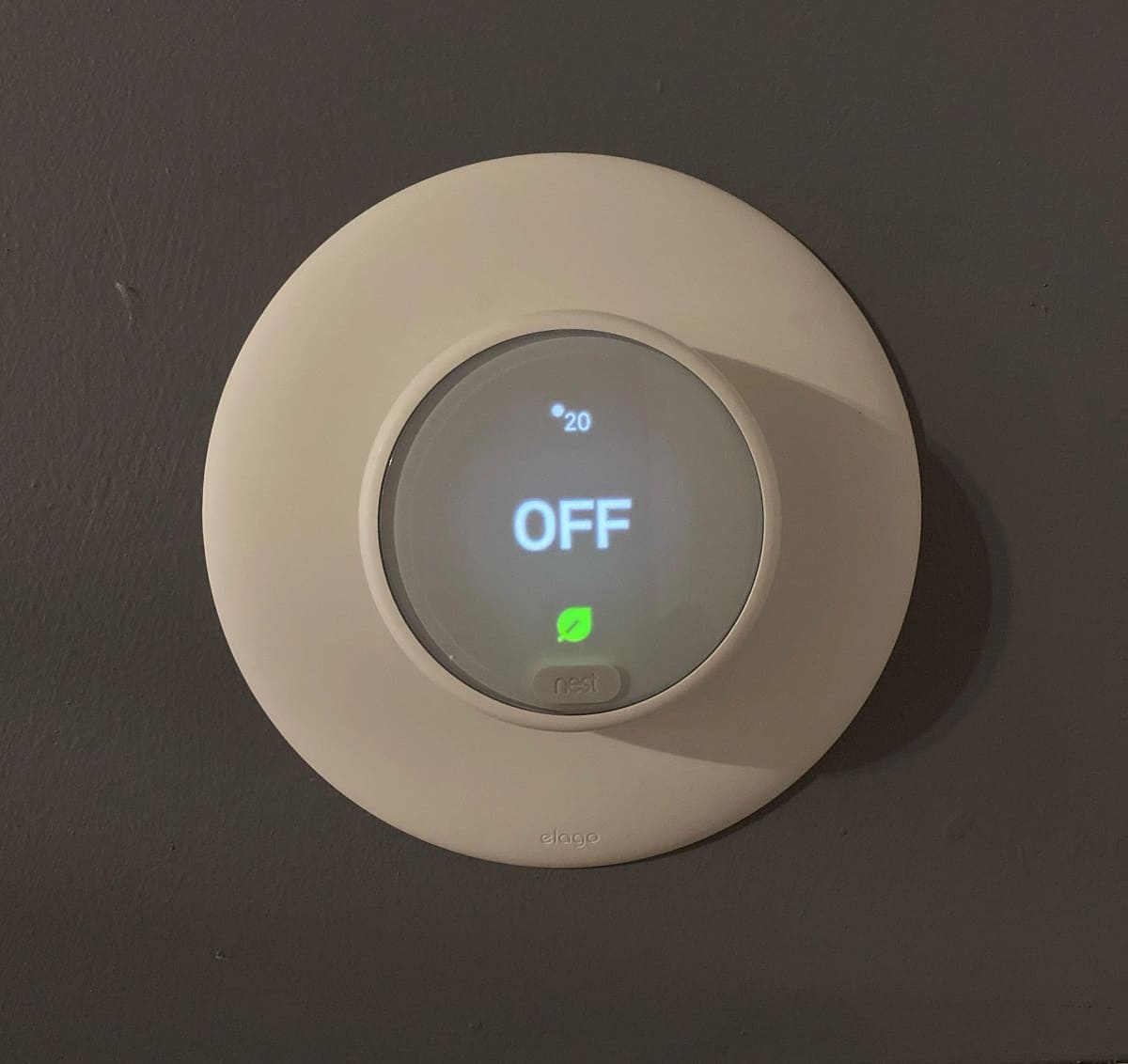
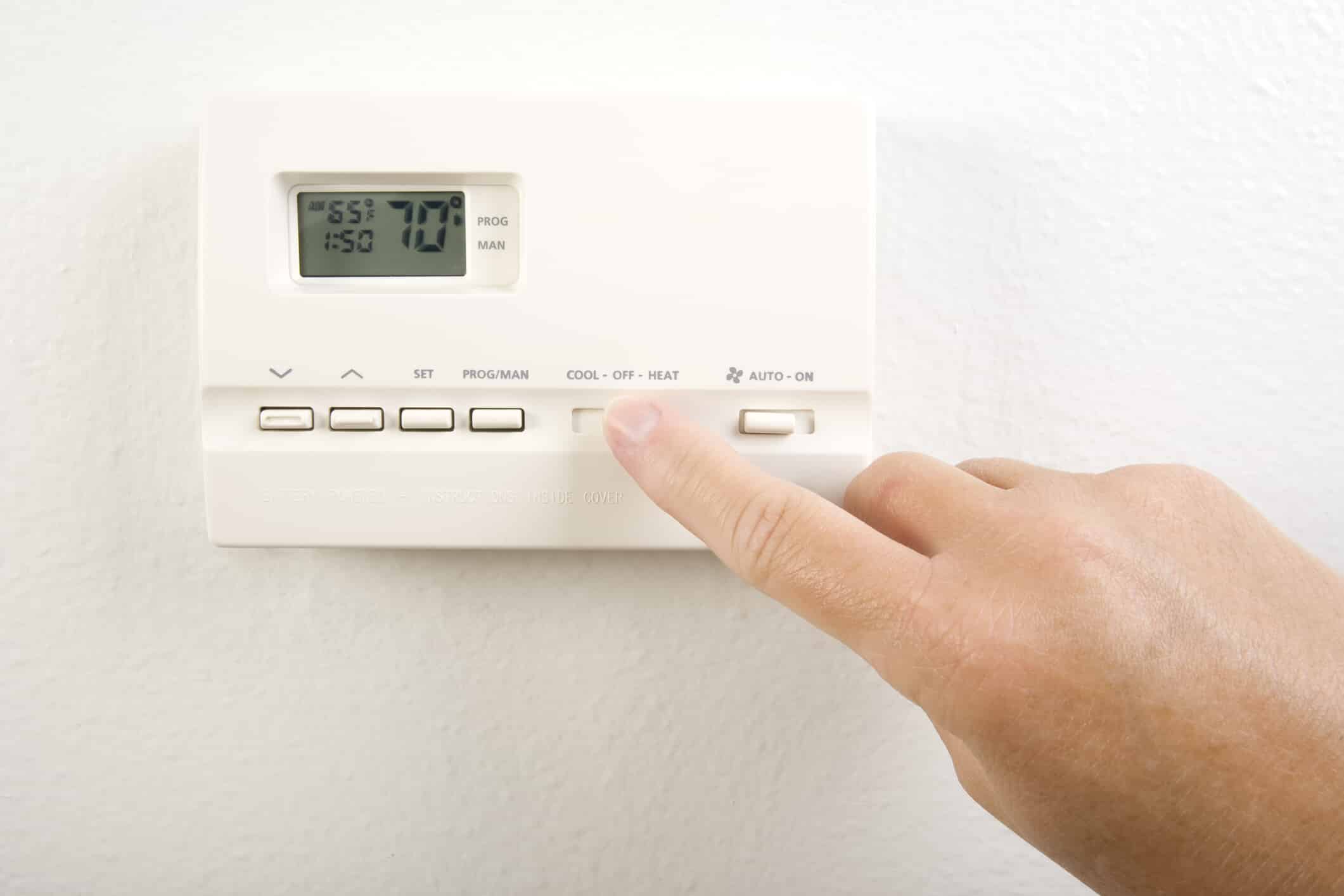
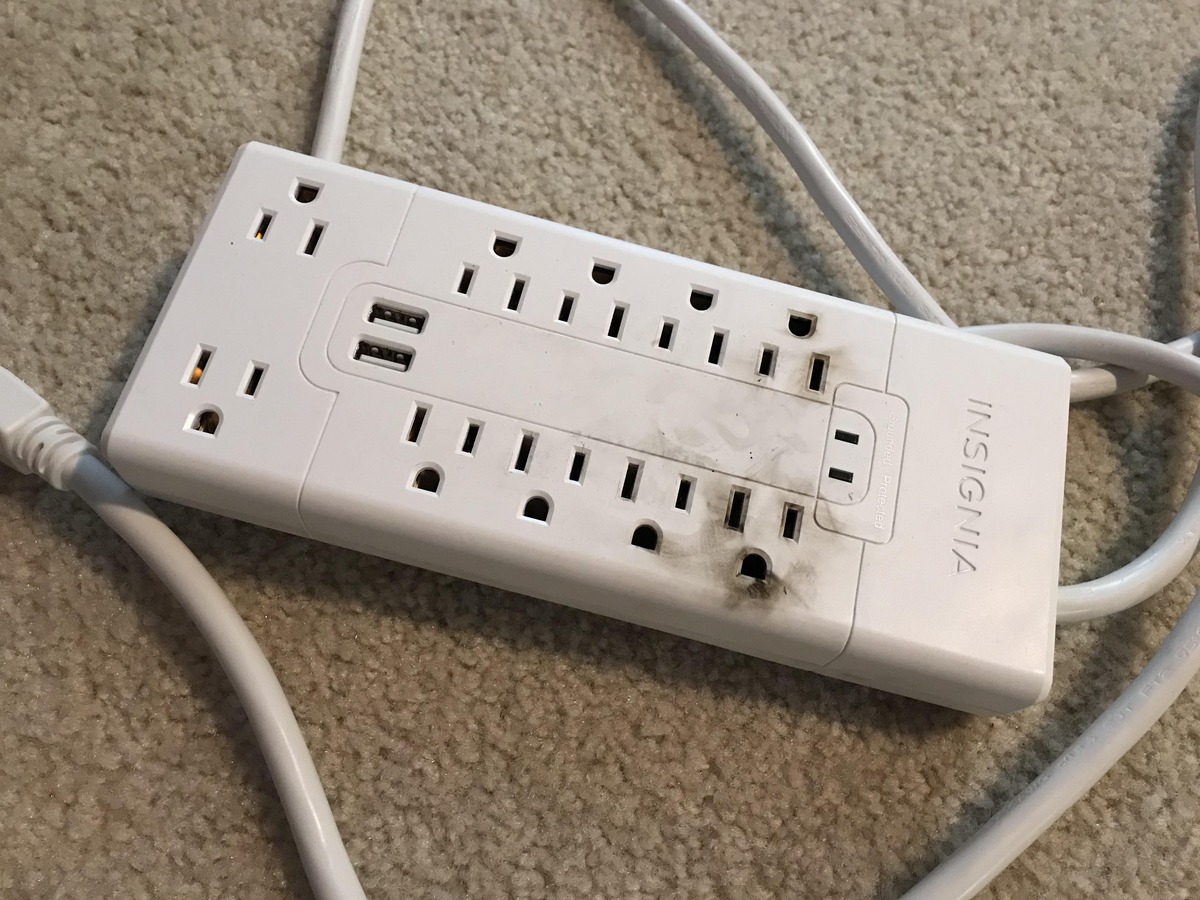
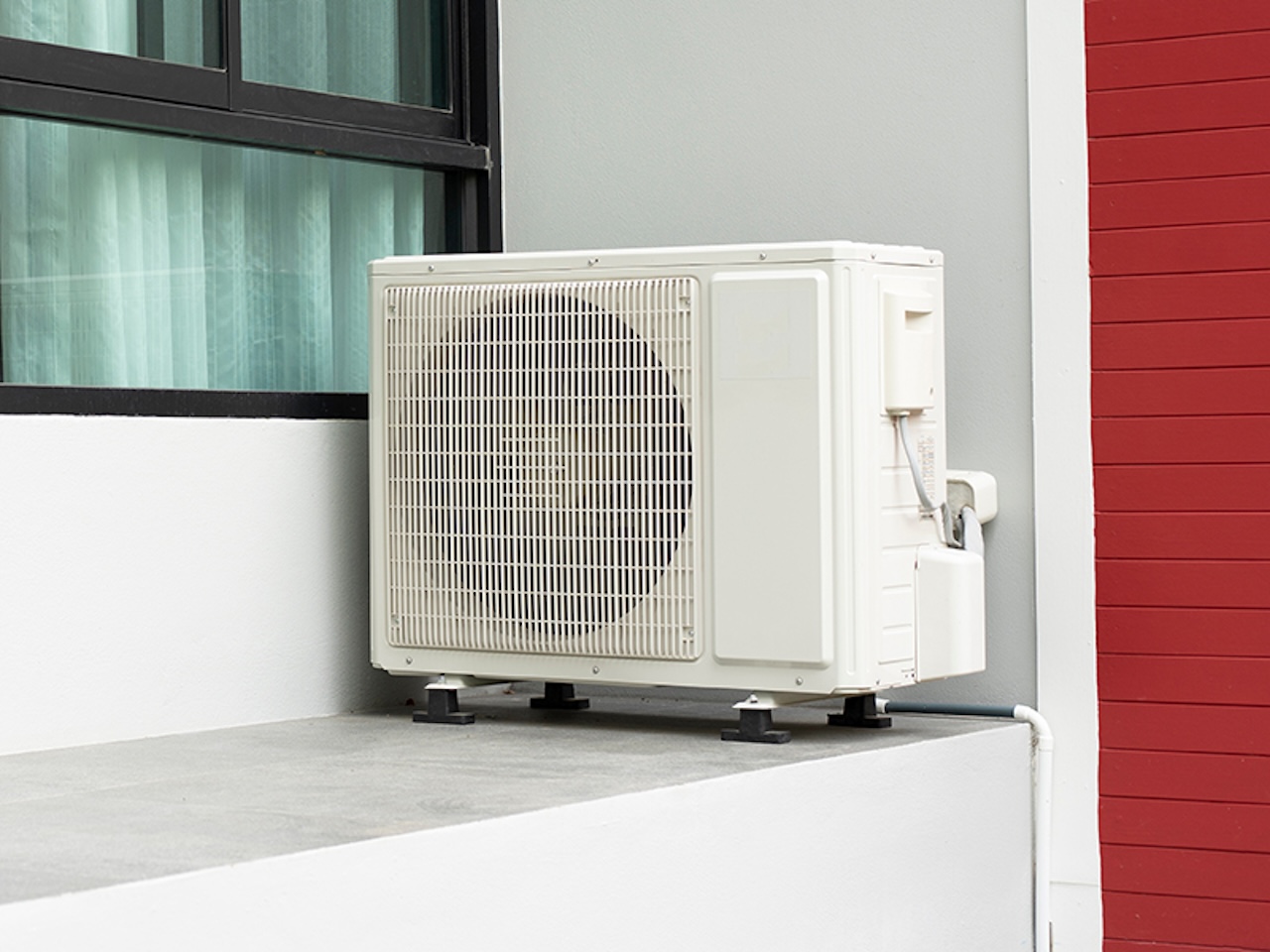

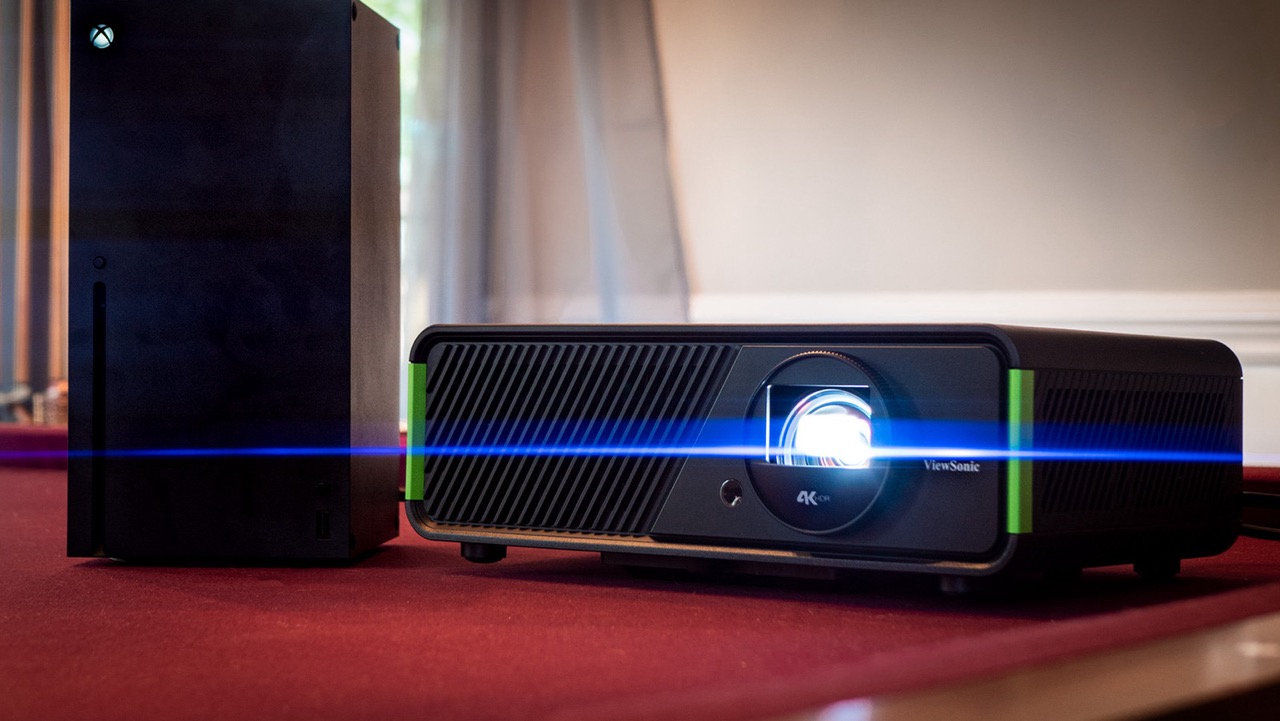
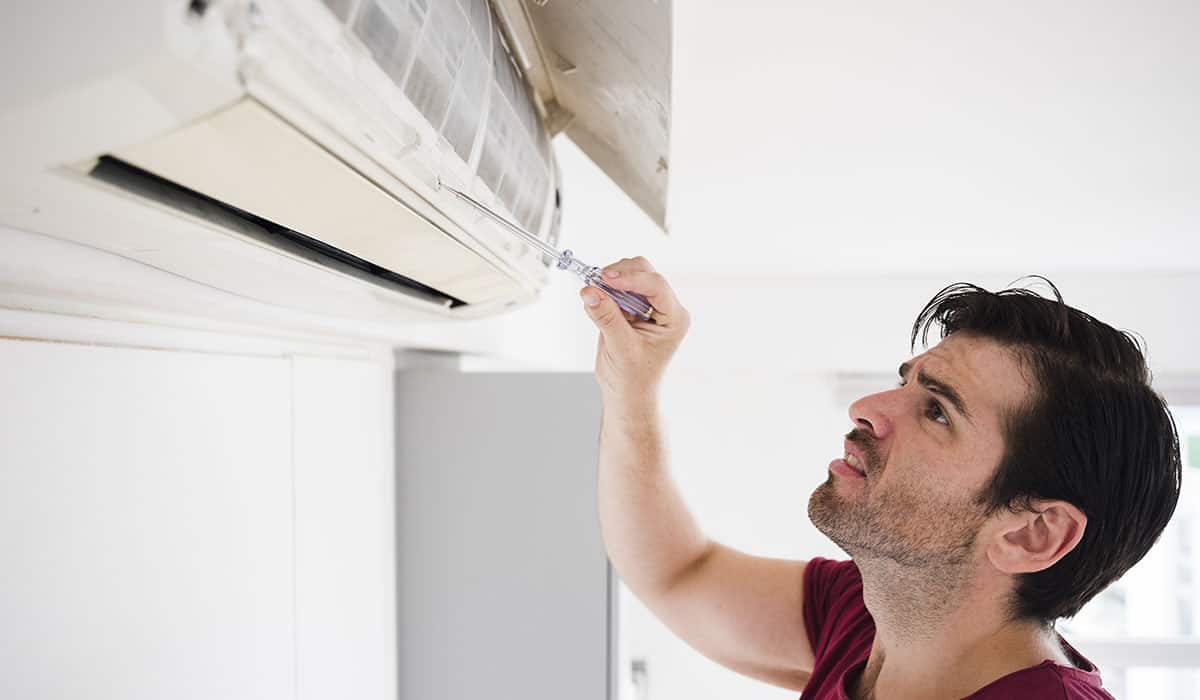

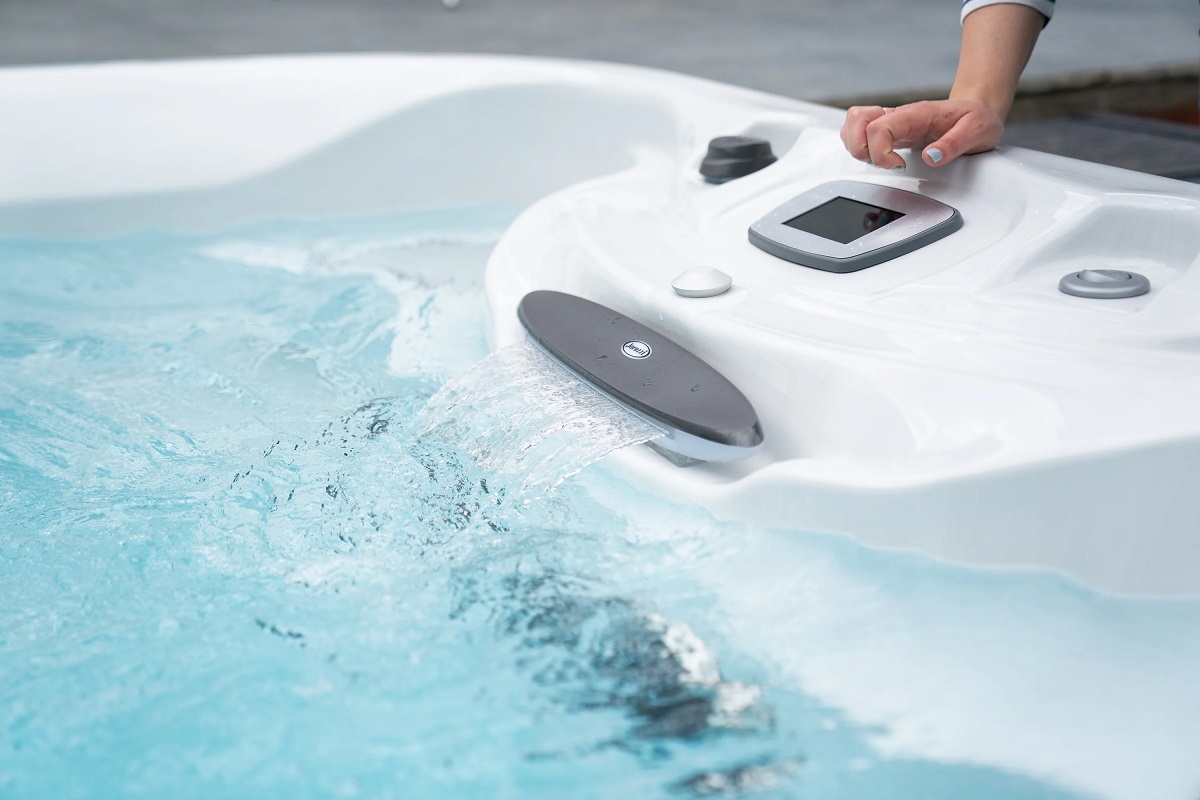
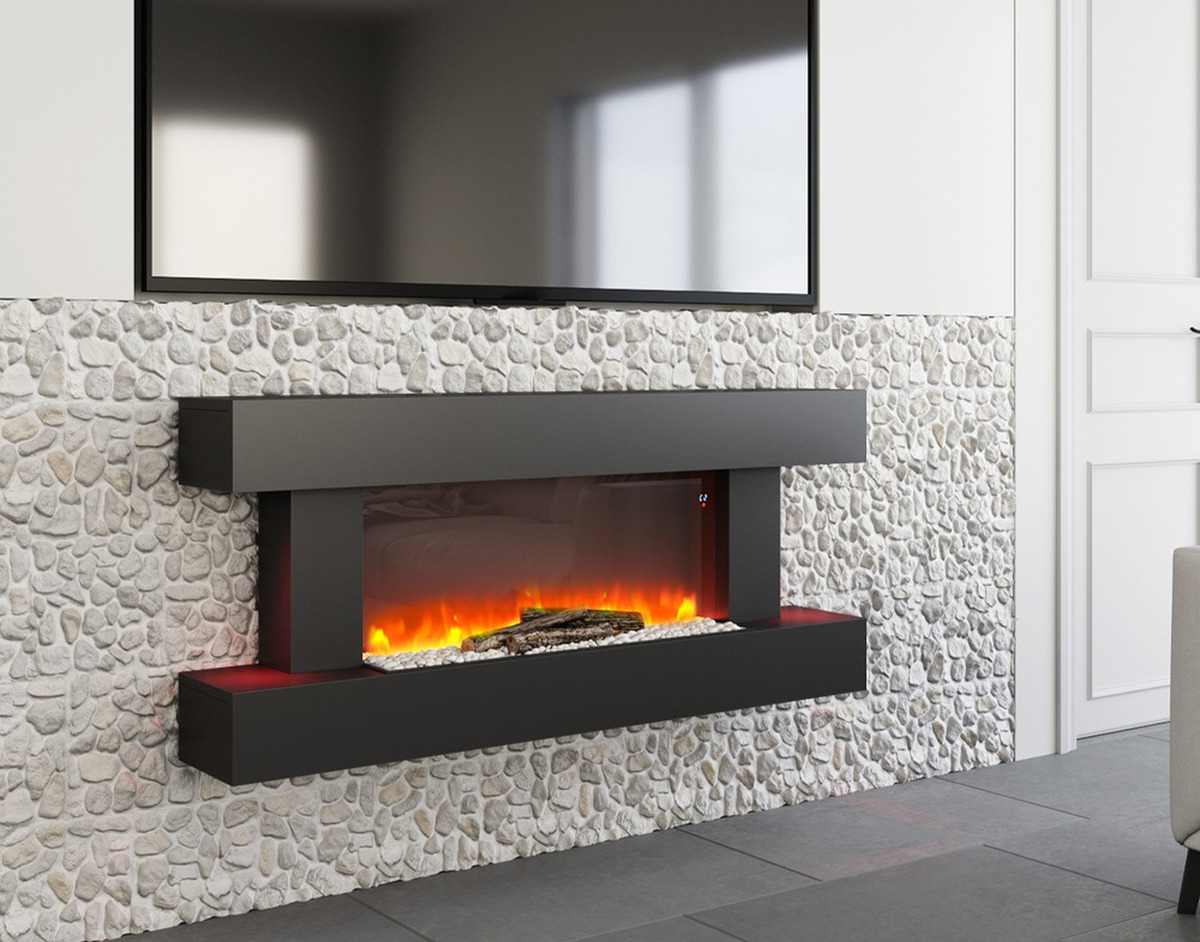
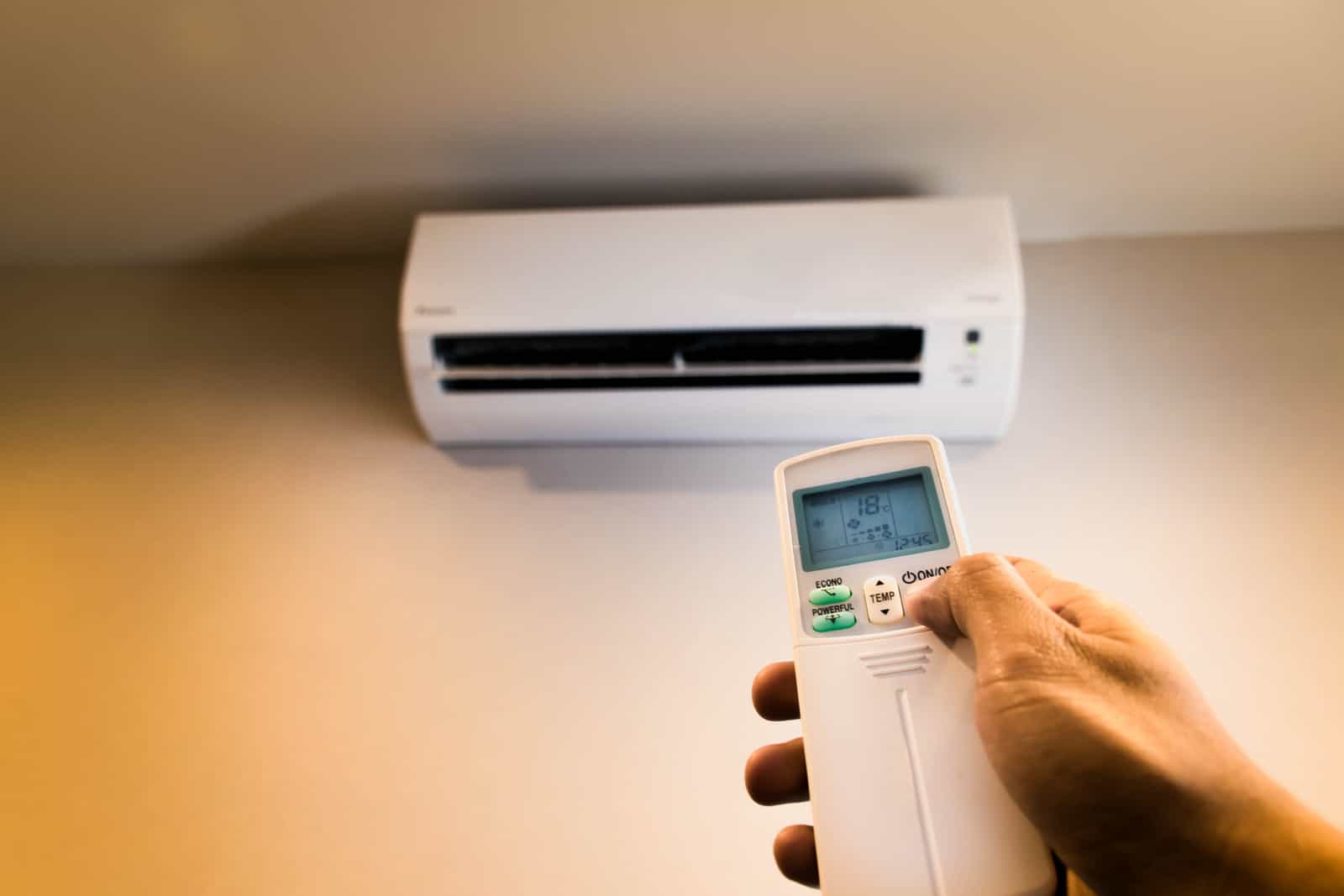
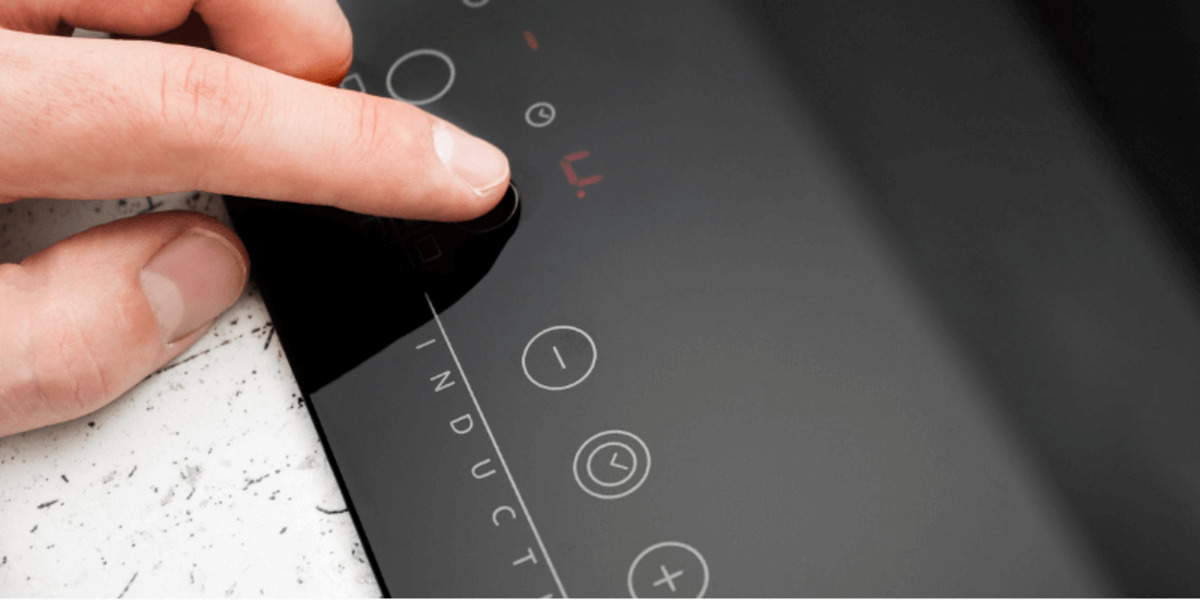

0 thoughts on “Why Is My HVAC Running When Turned Off”